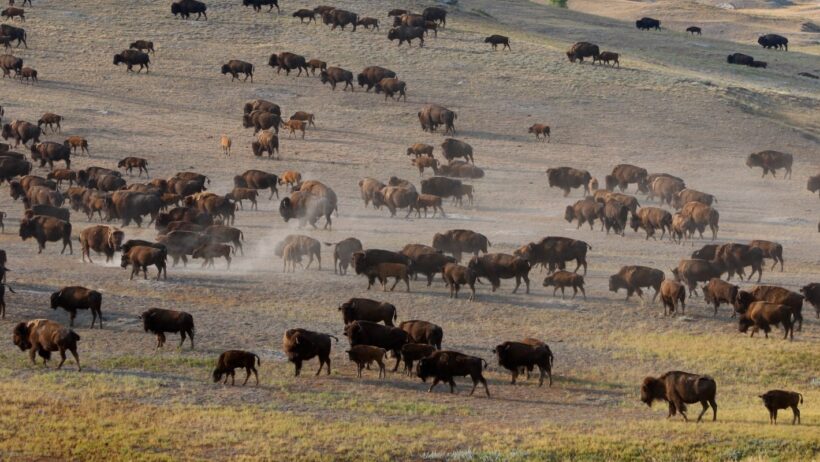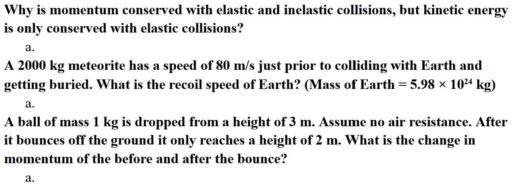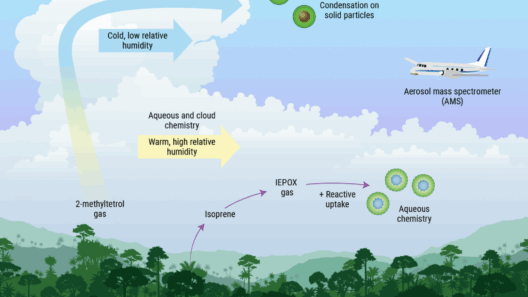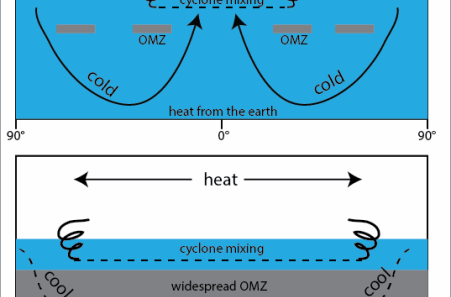Texas, the second-largest state in the United States, is renowned for its vast landscapes, rich culture, and diverse climate. What if you were to find yourself contemplating the question: Is Texas a humid or dry climate? Understanding the intricacies of Texas’s climate is vital, especially as we face the pressing challenges of climate change. Let’s delve deep into the climatic tapestry that this great state offers, from its humid coasts to its arid plains.
To begin with, it’s integral to comprehend that Texas is not monolithic in its climate. The state spans multiple climate zones, resulting in a mosaic of weather patterns influenced by geographical factors, including latitude, elevation, and even proximity to the Gulf of Mexico. This variety can be categorized into several distinct regions, each with its unique climatic characteristics, ranging from subtropical to semiarid and everything in between.
The coastal region of Texas, particularly areas like Houston and Corpus Christi, showcases a humid subtropical climate. This means warm summers paired with mild winters, and significant moisture is often prevalent. The humidity levels can be stifling, especially during the summer months when temperatures can soar above 90°F (32°C). High humidity coupled with high temperatures often results in a “feels like” temperature that can be significantly higher. Frequent thunderstorms and the occasional hurricane, especially in the late summer months, bring additional humidity and precipitation to the region. This tendency towards wet weather contrasts sharply with the arid conditions found in the more interior parts of the state.
As one travels inward, the climate transitions to a more continental type, especially in areas north and west of Austin and San Antonio. Here, the summers remain hot, with temperatures frequently exceeding 100°F (38°C), but winters can be considerably colder compared to the coastal reaches. This region, characterized by the Hill Country and the Edwards Plateau, sees less humidity and receives a moderate amount of rainfall, typically around 20-30 inches per year. This area is also susceptible to drought conditions, especially during the summer months when moisture evaporation rates are high.
Further to the west, we encounter the arid plains and deserts of West Texas. Regions such as Lubbock and El Paso epitomize a semiarid climate, where rainfall is scarce and temperatures can swing dramatically between day and night. The annual precipitation is around 15-20 inches, with much of it falling during the spring, while the summers can present long stretches of searing heat. The soil here is well-suited for ranching and certain forms of agriculture, yet the limitations of water availability pose challenges for sustainable farming practices in this area.
Additionally, it’s worth examining the Trans-Pecos region, a powerful example of Texas’s climatic diversity. The high desert landscape merges unique mountainous terrain with an arid climate that requires adaptation from both flora and fauna. Here, temperatures can dip below freezing in the winter while reaching blazing highs during summer, embodying extremes. The biodiversity present in these areas is indicative of the resilient nature of organisms that thrive despite such climatic challenges.
Climate change further complicates these established norms. Rising temperatures exert pressure on the different ecosystems across Texas. The coastal region faces increased flooding risk due to higher sea levels and intensified hurricanes. This poses a critical question: How can communities strengthen their resilience against climate change while navigating the complexities of a humid environment?
The inland areas, particularly those experiencing frequent droughts, must adapt to diminishing water resources. New irrigation technologies, drought-resistant crops, and responsible water management practices can help mitigate the calamities posed by an unpredictable climate. As the rainfall patterns become less predictable, the question arises: What innovative strategies can farmers employ to adapt to these changing agricultural climates?
Moreover, the vulnerability of Texas communities to extreme weather events is exacerbated by climate change. The notion that weather is becoming increasingly erratic has implications for everything from urban planning to disaster response strategies. With the paradoxical reality of escalating heat and moisture, regions like Texas must grapple with infrastructure adaptation—whether it’s ensuring proper drainage systems in coastal cities or implementing heat-resistant designs in housing.
In essence, Texas epitomizes the multifaceted nature of climate. The contrast between its humid coastline and arid plains not only presents a compelling question regarding its climatological identity but also highlights the necessary melange of adaptation strategies we must adopt in the face of climate change. As communities reevaluate their approach to this diversity, collaboration and innovation will be paramount.
In conclusion, whether one perceives Texas as a humid or dry climate largely depends on their geographical vantage point within the state. The reality is that Texas is both, showcasing a vast array of climatic variations. As climate change continues to impact environmental dynamics, a focused and informed response is essential. Emphasizing sustainability and resilience will ensure that Texas thrives amidst these challenges, safeguarding its ecological rich tapestry for future generations.







